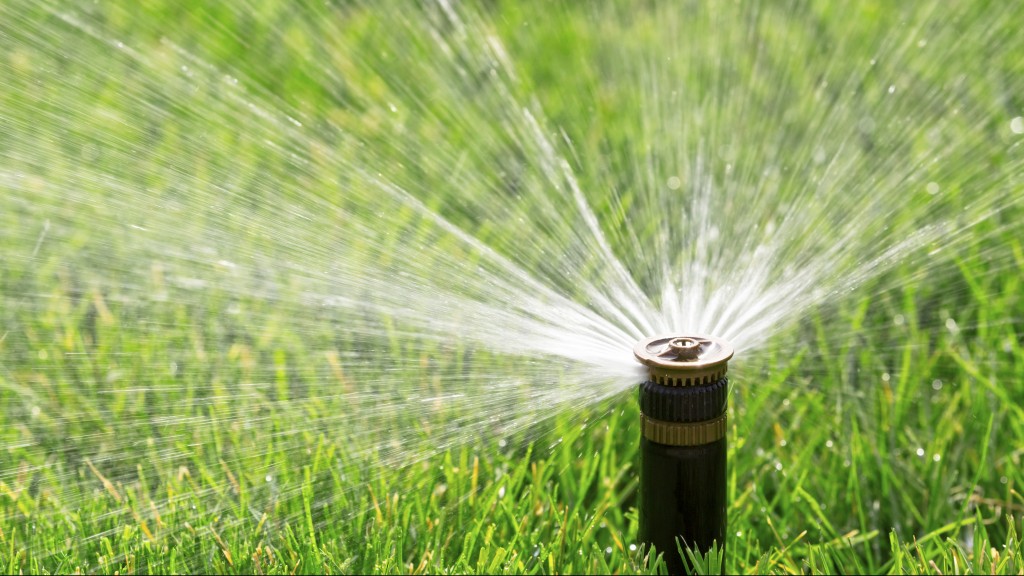He’s now president of the California Building Industry Association, which issued a recent report showing that new homes, with required low-flow showers and toilets, use about half the water compared to homes built before 1980.
“We’re really not the problem, says Cogdill. “We feel like that the governor has basically acknowledged that.”
While strides have been made inside, the landscaping requirements in the governor’s executive order are aimed at outdoor watering, which amounts to 44 percent of total urban water use.
Developers still have a lot of questions about what exactly the new rules will look like. Does “new construction” mean homes that are currently being built, or developments that have yet to break ground? What about common spaces in developments, like parks? Can you hand-water grass or use alternative grasses that are less thirsty than conventional turf? They’re hoping for some answers by mid-April when the State Water Resources Control Board is expected to release more details for public comment.
Anti-sprawl crusaders say this may be a good wake-up call for developers to mind their water footprints.
“Now is definitely the time for California to start thinking about water-neutral growth,” says Tracy Quinn, a water policy analyst with the Natural Resources Defense Council. “A lot of our growth is projected to grow in the hotter, drier areas, so we need to do that in a way that doesn’t extend our limited resources.”
“It’s sort of a learning moment for all of us,” says Kathryn Phillips, director of Sierra Club California. “More and more people want to move away from having to spend weekends mowing lawns. I think this actually opens an opportunity for housing developers to shift away from the old ‘tried and true’ and move to things that are less water intensive, and less labor intensive, from the homeowners’ perspective.”
The new rules are not likely to be the death knell for lawns entirely. Some emerging technologies allow you to water grass with drip irrigation, by burying the drip line underneath the sod.
